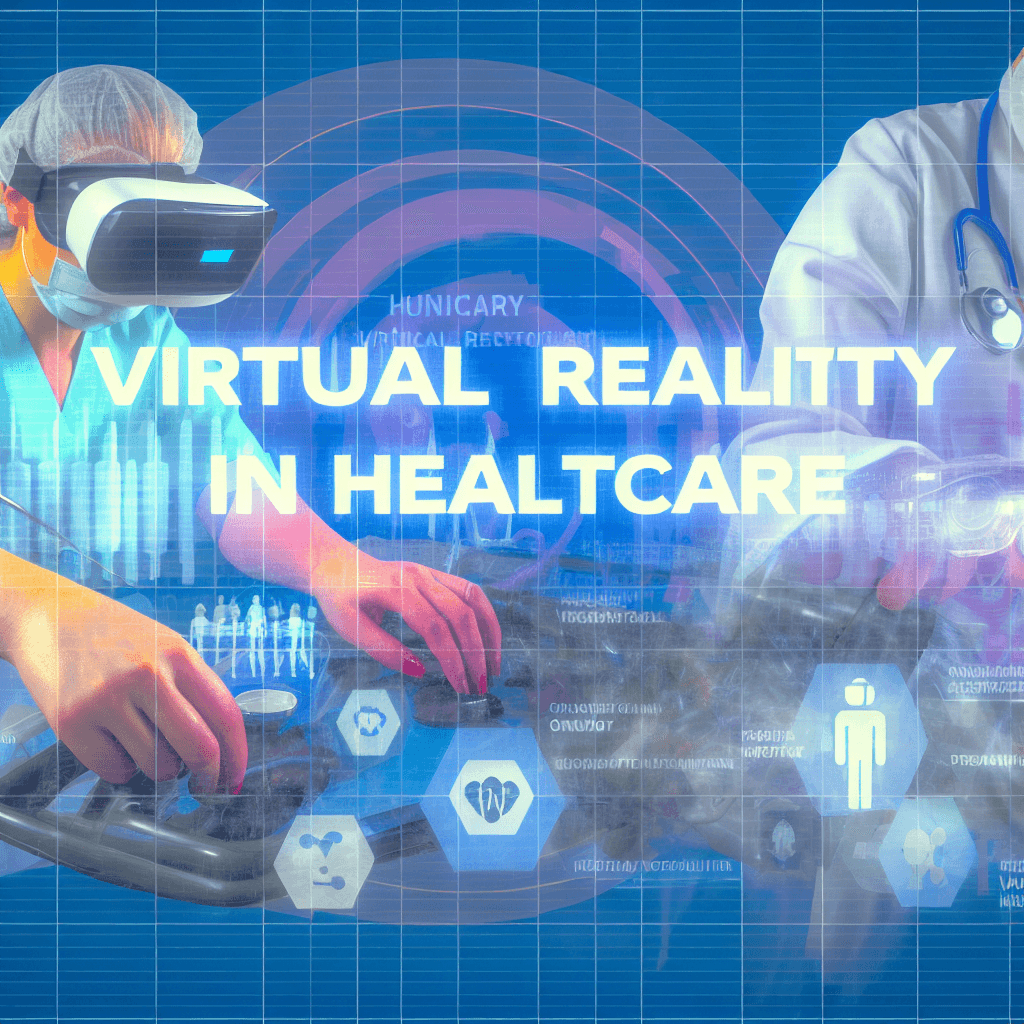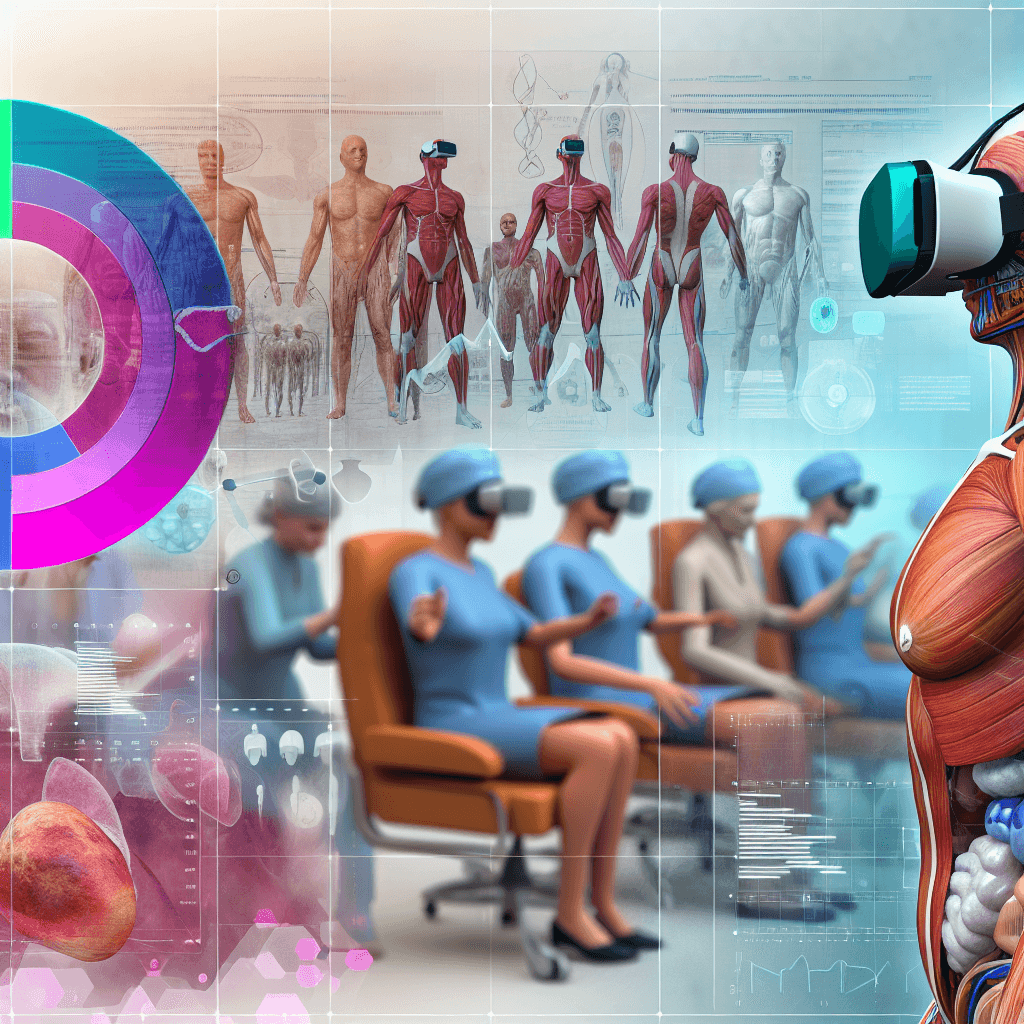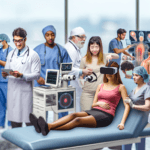Explore the future of healthcare with our in-depth outlook on the Virtual Reality market, including size forecasts and industry trends.
In-Depth Industry Outlook: Virtual Reality In Healthcare Market Size, Forecast

Table of Contents
- In-Depth Industry Outlook: Virtual Reality in Healthcare Market Size, Forecast
- Current State of Virtual Reality in Healthcare
- Market Size and Growth Projections
- Regional Insights
- Case Studies: VR Transforming Healthcare
- Case Study 1: VR in Surgical Training
- Case Study 2: Treating PTSD with VR
- Challenges and Limitations
- Conclusion: The Future of VR in Healthcare
In-Depth Industry Outlook: Virtual Reality in Healthcare Market Size, Forecast

The integration of Virtual Reality (VR) technology into the healthcare sector marks a pivotal shift in how medical services are delivered and experienced. This article delves into the burgeoning field of VR in healthcare, exploring its current applications, market size, growth projections, and the challenges it faces. By examining case studies and statistical data, we aim to provide a comprehensive overview of this innovative market.
Current State of Virtual Reality in Healthcare
Virtual Reality technology in healthcare is not just a futuristic concept but a present-day reality that is reshaping medical training, patient treatment, and therapy processes. The immersive nature of VR allows for highly interactive and realistic simulations, making it an invaluable tool in education and treatment strategies.
- Medical Training and Education: VR simulations are used to train surgeons and medical students, offering a risk-free environment to practice procedures and hone their skills.
- Pain Management: VR has been effectively used to distract patients during painful procedures, significantly reducing their pain perception.
- Rehabilitation: VR applications support the recovery of stroke victims and individuals with mobility issues by engaging them in virtual activities that promote physical and mental recovery.
- Mental Health: Therapeutic VR environments are used to treat conditions like PTSD, anxiety disorders, and phobias through controlled exposure and relaxation techniques.
Market Size and Growth Projections
The VR in healthcare market has witnessed substantial growth over the past few years and is expected to continue its upward trajectory. According to a report by Grand View Research, the global virtual reality in healthcare market size was valued at USD 2.14 billion in 2020 and is expected to expand at a compound annual growth rate (CAGR) of 27.2% from 2021 to 2028.
This growth is driven by several factors:
- Increasing adoption of advanced technologies in medical procedures and training.
- Growing prevalence of neurological disorders and the need for innovative therapeutic methods.
- Enhancements in VR hardware and software, making the technology more accessible and effective.
- Supportive government initiatives promoting the use of digital health technologies.
Regional Insights
The adoption and integration of VR technology in healthcare vary significantly across different regions:
- North America: Leads the market due to advanced healthcare infrastructure, high healthcare expenditure, and the presence of key market players.
- Europe: Strong growth driven by increasing healthcare R&D and government funding in healthcare innovations.
- Asia Pacific: Rapidly growing due to rising healthcare awareness, increasing investments in technology, and improving healthcare facilities.
Case Studies: VR Transforming Healthcare
Case Study 1: VR in Surgical Training
At Stanford University, VR is being used to train neurosurgeons. The technology allows doctors to simulate brain surgery, providing a realistic and interactive environment to practice complex procedures without any risk to patients. This not only enhances the surgeon’s skills but also reduces the likelihood of errors in actual surgeries.
Case Study 2: Treating PTSD with VR
The University of Southern California has developed a VR therapy program for veterans suffering from PTSD. The program uses virtual environments simulating war zones, which helps veterans confront and process their traumas under controlled conditions, guided by a therapist. This method has shown significant success in reducing PTSD symptoms.
Challenges and Limitations
Despite its potential, the widespread adoption of VR in healthcare faces several challenges:
- High Costs: The initial setup cost for VR equipment and software can be prohibitively expensive for some healthcare providers.
- Technological Limitations: Issues such as image latency, resolution, and user discomfort can detract from the effectiveness of VR applications.
- Regulatory Hurdles: Stringent regulations concerning medical devices and digital health solutions can slow down the introduction of new VR applications in healthcare.
- Data Privacy: Ensuring the privacy and security of patient data within VR platforms is a significant concern that must be addressed.
Conclusion: The Future of VR in Healthcare
The integration of Virtual Reality into healthcare is transforming the landscape of medical training, patient care, and therapy. With its ability to provide immersive, interactive, and impactful experiences, VR holds the promise of significantly enhancing both the efficiency and effectiveness of healthcare services. As technology advances and becomes more accessible, and as the industry overcomes existing challenges, VR is poised to become an integral part of the healthcare system worldwide. The future of VR in healthcare looks promising, with endless possibilities for innovation and improvement in patient outcomes.
In conclusion, while challenges remain, the potential benefits of VR in healthcare—improved training, enhanced patient care, and innovative treatment methods—suggest a bright future for this technology. Stakeholders in the healthcare industry should consider investing in VR technology to stay ahead in the rapidly evolving medical landscape.








